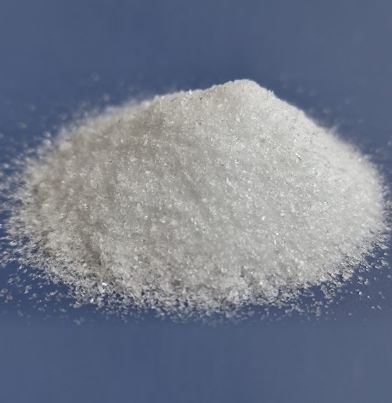Glass blasting aluminum is a highly effective surface preparation technique that involves propelling abrasive materials, such as glass beads, at high speeds onto aluminum surfaces. This process is widely used across various industries for its ability to achieve a smooth and clean finish on aluminum substrates. In this comprehensive guide, we’ll delve into the techniques, benefits, and applications of glass blasting aluminum, shedding light on why it’s a preferred method for surface treatment.
Understanding Glass Blasting Aluminum
Glass blasting, also known as bead blasting or abrasive blasting, is a mechanical surface preparation method that involves using compressed air to propel abrasive media against a substrate. When it comes to aluminum, glass beads are commonly used as the abrasive material due to their hardness and ability to remove surface contaminants without damaging the underlying metal. The process works by impacting the aluminum surface with high-velocity glass beads, effectively removing rust, paint, scale, and other contaminants, leaving behind a clean and textured finish.
Glass blasting aluminum offers several advantages over traditional surface preparation methods. Firstly, it is non-toxic and environmentally friendly, as glass beads are inert and do not release harmful chemicals into the atmosphere. Additionally, glass blasting is a versatile technique that can be used on a wide range of aluminum surfaces, including flat panels, extrusions, and complex geometries.
Despite its effectiveness, glass blasting aluminum requires careful control of various parameters, such as blast pressure, nozzle size, and distance from the substrate, to achieve the desired results. Proper training and equipment are essential to ensure safety and optimal performance during the blasting process. Additionally, post-blasting procedures, such as cleaning and surface finishing, may be necessary to prepare the aluminum for subsequent treatments or coatings.
Benefits of Glass Blasting Aluminum
The use of glass beads as abrasive media in aluminum blasting offers several key benefits for surface preparation. Firstly, glass beads are recyclable, reducing waste and lowering overall operating costs. Unlike traditional abrasive materials, such as sand or slag, glass beads maintain their size and shape over multiple uses, resulting in consistent blasting performance and reduced consumption.
Another advantage of glass blasting aluminum is its ability to achieve precise surface cleanliness and roughness profiles. By adjusting the blasting parameters, operators can control the aggressiveness of the process, allowing for tailored surface finishes to meet specific requirements. This level of control is particularly beneficial in industries where surface quality is critical, such as aerospace, automotive, and electronics manufacturing.
Furthermore, glass blasting offers excellent repeatability and reproducibility, ensuring consistent results across batches and production runs. This reliability is essential for achieving tight tolerances and meeting quality standards in industrial applications. Additionally, the versatility of glass blasting equipment allows for customization to accommodate different part sizes, shapes, and production volumes.
Applications of Glass Blasting Aluminum
The versatility and effectiveness of glass blasting make it suitable for various applications across diverse industries. In the automotive sector, glass blasting aluminum is commonly used for surface preparation prior to painting or powder coating. By removing surface contaminants and creating a uniform texture, glass blasting ensures optimal paint adhesion and finish quality, resulting in durable and aesthetically pleasing automotive components.
In the aerospace industry, glass blasting aluminum plays a crucial role in preparing aircraft components for inspection, repair, and overhaul. The process is used to remove corrosion, oxidation, and other surface defects from aluminum airframe structures, engine components, and interior fittings.
